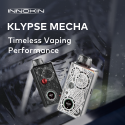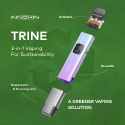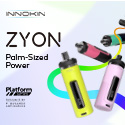Last Updated: 3/28/20
Please note that this section is a snapshot in time. Although much of the information still applies, there are many newer batteries than those mentioned here.
If you’re looking for the very best and most current information on batteries specific to the vaping world, please seek out Battery Mooch, who is a valuable contributor to TasteYourJuice.com.
Mooch makes posts on this site and also has his own section where all his posts are kept.
You can also find Mooch on his ECF Blog and his YouTube Channel.
A LITTLE ON BATTERY SAFETY
PLEASE take battery safety seriously. It’s not a joke and it’s not something to be ignored. The power in your battery cannot be appreciated until you experience first hand how bad it can get. Please take the time to watch 1:10-8:25 in the following video.
Recycling!!
Let’s keep our used up batteries out of landfills. Don’t simply toss your batteries in the trash. Looking for your closest recycling drop off center? Just go HERE and enter your zip code!
Difference in batteries:
In the electronic cigarette “mod” world there are two main types of batteries. ICR and IMR.
ICR = LiCoO2 (typical Li-ion)
IMR = LiMn
- It is generally accepted that IMR batteries use a safer chemistry than ICRs which is why IMRs can be purchased with and without protection circuits.
- IMRs can support higher discharge rates than ICRs (high drain) and are a better choice for lower resistance coils and mechanical devices.
- Although some ICRs have increased storage capacity (mAh) they may not always be able to deliver the amps requires to power your device. For example, this is why ProVape recommends IMR type batteries.
So if you want to be safe, what should you do? Here are some suggestions…
- First, use any electronic cigarette or device AT YOUR OWN RISK!
- Label/date your batteries so you know how long they’ve been in-use. If they’re still going after a year, toss them unless you have the ability to check their status.
- Buy your batteries from reputable venders. I’ve been taken by the inflated mAh ratings seen on some “Ebay Offerings”. There are many good battery vendors out there. I get many of mine from RTD Vapor.
- If you are using a protected device you should be ok with any battery selection. If not, use a safer chemistry IMR or “hybrid” and/or a mod fuse such as the 2 Cents For Safety fuse.
- Get a QUALITY intelligent charger. The Xtars, Nitecores, Intellichargers are all good choices. Here is a suggestion.
- Do no over discharge your battery. When you’re battery approaches 3.3 volts, it’s time to charge.
- Do not carry loose batteries. Batteries thrown in a purse or pocket could find metal and short. For example… keys! Exposed batteries have the potential to short when not properly protected. Use a battery box!!
- Try not to stack, but if you MUST… 1) use protected batteries (unless your device doesn’t like protected batteries then see the following points), 2) use a fuse such as the 2 Cents For Safety if your device doesn’t have built in protection, 3) use a like pair, 4) your like pair should have been purchased at the same time… they are married. They like to be together and spend all their time together. So they want to be discharged (in the device) and charged (on the charger) together. Never stack unlike batteries, or like batteries of unknown condition.
- Be sure your device is properly vented. Venting is important and could prevent a potential disaster. Venting allows battery gases to escape from your device in the event a battery fails and vents. This will prevent your device from turning itself into a pipe bomb.
- If you’re into those ultra low resistance coils (which I don’t recommend BTW – I personally believe .8 ohms on a genny, or .5 on a dripper and up should be PLENTY good enough) KNOW YOUR BATTERY!!! Be sure that the battery is capable and rated to generate the amount of amps required by your setup! For example:
Setup 1 = 1 ohm coil with a loaded voltage of 4.0V (just an example). Using Ohms law, Amps = Voltage/Resistance = 4 Amp Draw. Easy for most batteries!
Setup 2 = .3 ohm coil (which I DO NOT recommend) with a loaded voltage of 4.0V (again, just an example). Using Ohms law, Amps = Voltage/Resistance = 13.3 Amp Draw. Can your battery support that?
Important Note – If you’ve come here looking for surge ratings, you’ve come to the wrong place. I won’t post them, nor do I support them. If you’re so low in your resistance that you care about surge ratings, you’re probably not vaping as safely as you should be. You need to care about the safety of yourself, those around you, and vaping in general. Vape safely… Vape Happy!
A NOTE ABOUT C-RATINGS
The C-Rating of the battery defines the maximum draw (in amps) that the battery is capable of. To calculate the max amp draw you need the C-Rating and the mAh of the battery. For example a 2000 mAh battery rated at 10C would be:
Max Amp Draw = (mAh / 1000) * C-Rating
(2000 / 1000) * 10 = 20 Amp Max Draw
Note: Running your batteries at their C-Rating will decrease the overall life of the battery.
A C-Rating only tells you the maximum amp draw from a battery, not how long it will last. To measure battery capacity, batteries are also defined by one or more C-Rates, which is different from the C-Rating. A C-Rate indicates the amount of time the battery can support a discharge rate at a specified capacity. A 1 C battery can support the calculated draw continuously for 1 hour. 2 C would be ½ of an hour. 10 C would be 1/10 of an hour. To calculate the draw based on the C-Rate, one uses the following equation:
Amp Draw = (C-Rate) * (mAh given for that C-Rate)
For example, if a battery specification states its capacity is 2000 mAh at 0.5 C, then the battery will list for 2 hours at 1000 mA.
The advertised capacity of a battery is based on a particular C-Rate provided in a battery’s specification (typically referred to as the standard or nominal discharge rate). The amp draw at this C-Rate is generally much less than max amp draw given by the C-Rating. For example, the LG HE4 battery specification states that its advertised 2500 mAh capacity is at a 0.2 C rate (500 mA). Since battery capacity decreases as current draw increases, one should not expect a battery to last at the advertised capacity when drawing current above the standard discharge rate. For example, testing has shown that an LG HE4 discharged at 20 A reduces the battery capacity by at least 10%.
(Thanks – Cory Hojka)
BATTERY AMP LIMITS
This information provided courtesy of Baditude and Steam Turbine on ECF. Thanks for this guys!
AW IMR
- 18650 2000mah 10Amp CDR
- 18650 1600mah 24A
- 18490 (1100mah) 16.5A
- 18350 (700mah) 6A
MNKE IMR
- 18650 1500mah 20A
- 28650 3500mah 20A
Panasonic or Orbtronic hybrid
- CGR18650CH (IMR/hybrid) 2250mAh 10A
- NCR18650PF (LiNiCOMnO2) INR/ICR/IMR Hybrid 2900mAh 10A
- NCR18650PD (LiNiCoAl) 2900mAh 10A
- Orbtronic 18650 SX22 (hybrid) 2000mAh 22A
- Orbtronic 18650 SX30 (hybrid) 2100mAh 30A
Sanyo
- UR18650EX 2000mAh 20A
Samsung hybrid (LiNiCoMnP)
- INR18650-22P 2200mAh 10A
- INR18650-20R 2000mah 22A
Sony hybrid
- us18650v3 IMR 2250mAh 10A
- us18650vct3 1600mAh 30A
- us18650vtc4 2100 mAh 30A
- us18650vtc5 2600 mAh 30A
- US26650VT 2600 mAh 30A
EH IMR
- 18650 2000 mAh 16A
- 18650 1500 mAh 22A
- 18500 1100 mAh 8.8A
- 18350 800 mAh 6.4A
Efest IMR
(Warning – there is a lot of controversy over the Purple Efest ratings. Please use at your own risk)
- 18650 (IMR/hybrid) 2250mAh 10A
- 18650 2000mAh 10A
- 18650 1600mAh 30A
- 18490 1100mah 8.8A
- 18350 800mah 6.4A
- 18650 Purple 2500mah 35A
- 18650 Purple 2100mah 30A
- 18500 Purple 1000mah 15A
- 18350 Purple 700mah 10.5A
LG IMR
- 18650 2500mah 30A
There is another great spreadsheet I recently received HERE. The person who sent it to me doesn’t know where it came from. If it’s your, please let me know so I can either give you credit here, or remove it if you’d like ;-).
BATTERY DISCHARGE CURVES
Some notes:
- All graphs are done with the CBA IV Battery Analyzer from West Mountain Radio.
- All graphs are done at a 2Amp and 5Amp draw.
- All batteries are new at the time of the test and fully charged on a Sysmax i4 3.7V Intellicharge Battery Charger
2Amp Draw Simulates:
.8 Ohm coil = 1.6 Volts = 3.2 Watts
1 Ohm coil = 2 Volts = 4 Watts
1.5 Ohm coil = 3 Volts = 6 Watts
2 Ohm coil = 4 Volts = 8 Watts
3 Ohm coil = 6 Volts = 12 Watts
5Amp Draw Simulates:
.8 Ohm coil = 4 Volts = 20 Watts
1 Ohm coil = 5 Volts = 25 Watts
1.5 Ohm coil = 7.5 Volts = 37.5 Watts
2 Ohm coil = 10 Volts = 50 Watts
3 Ohm coil = 15 Volts = 75 Watts
All 18650 Batteries To Date
Individual Battery Tests
18650
- AW IMR 18650, 3.7V, 2000mAh
- Efest IMR-18650, 3.7V, 2000mAh
- Efest IMR 18650, 3.7V, 2250mAh
- Efest IMR-18650, 3.7V, 2200mAh
- EH IMR-18650, 3.7V, 2000mAh
- MNKE IMR-18650, 3.7V, 1300mAh
- Orbtronic PD18650, 3.7V, 2900mAh
- Panasonic CGR 18650, 3.7V, 2250mAh
- SAMSUNG INR 18650, 3.7V, 2000mAh
- Sony US18650VTC3 18650, 3.7V, 1600mAh
30(+)Amp Rated Cell Testing
I ran some tests on a few of the newer 30(+) amp rated batteries:
- The Sony VTC4 2100 mAh
- The Sony VTC5 2600 mAh (not on their site yet)
- The Efest 30A 2100 mAh
- The Efest 35A 2500 mAh
Big shout out to JJ Vapes for supplying the batteries for this testing.
These cells were all discharged and charged again several times (the same amount of times) prior to testing.
Note that I have some of the new Orbtronic SX30 cells on order to add to this test.
I ran two tests. The first is a discharge test. None of the batteries were able a constant 30 Amp draw without dropping below the cutoff voltage for the test. So the test was adjusted to 20 Amps. (Yes, I was surprised by the Efest 35A’s performance here as well).
You can click on the graphs below to see them larger.
The second test is a constant load of .2 ohms.
Take from these tests what you will as performance of these cells appears to be very similar. However, to the (my) untrained eye, it appears that that VTC5 did better on the discharge test and the Efest 35A did slightly better on the .2ohm load test. For my money, I’d go with the Sony VTC5 cell.
Note that I can’t speak to the safety of one cell over the other.



300x90.jpg)
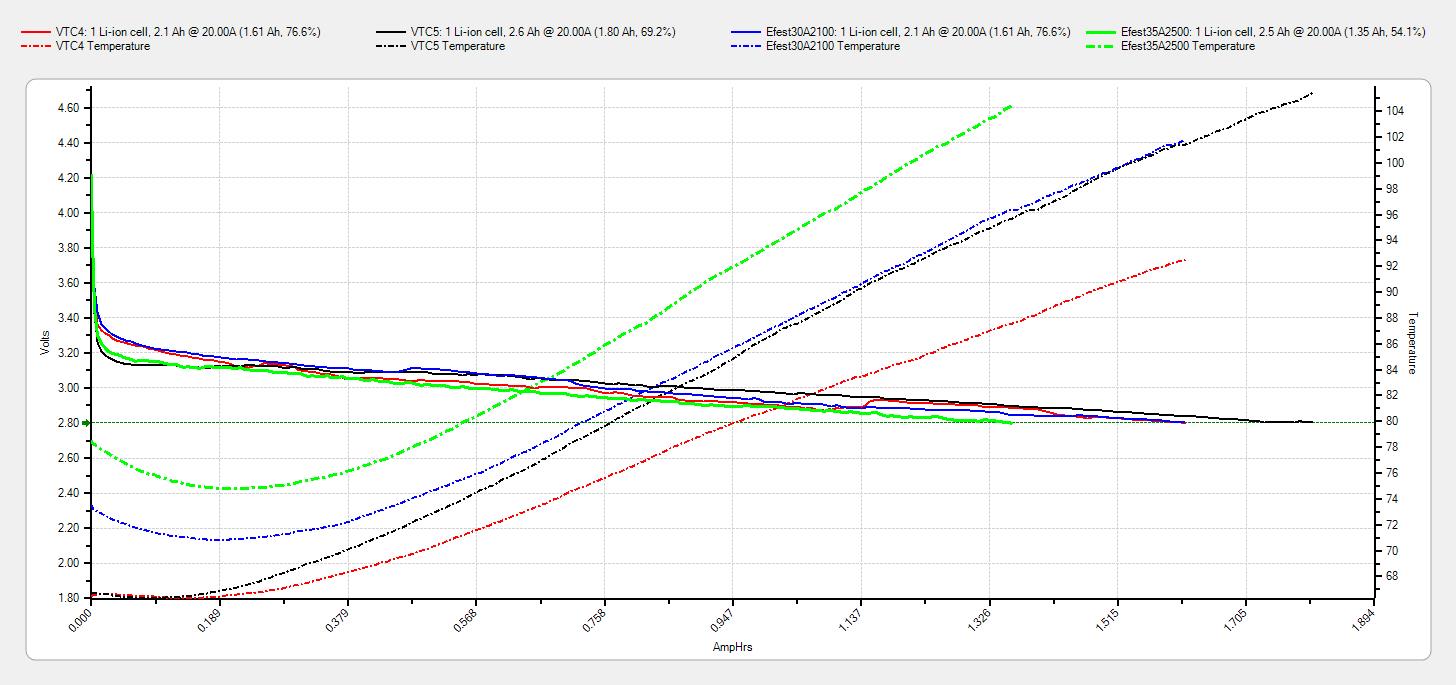
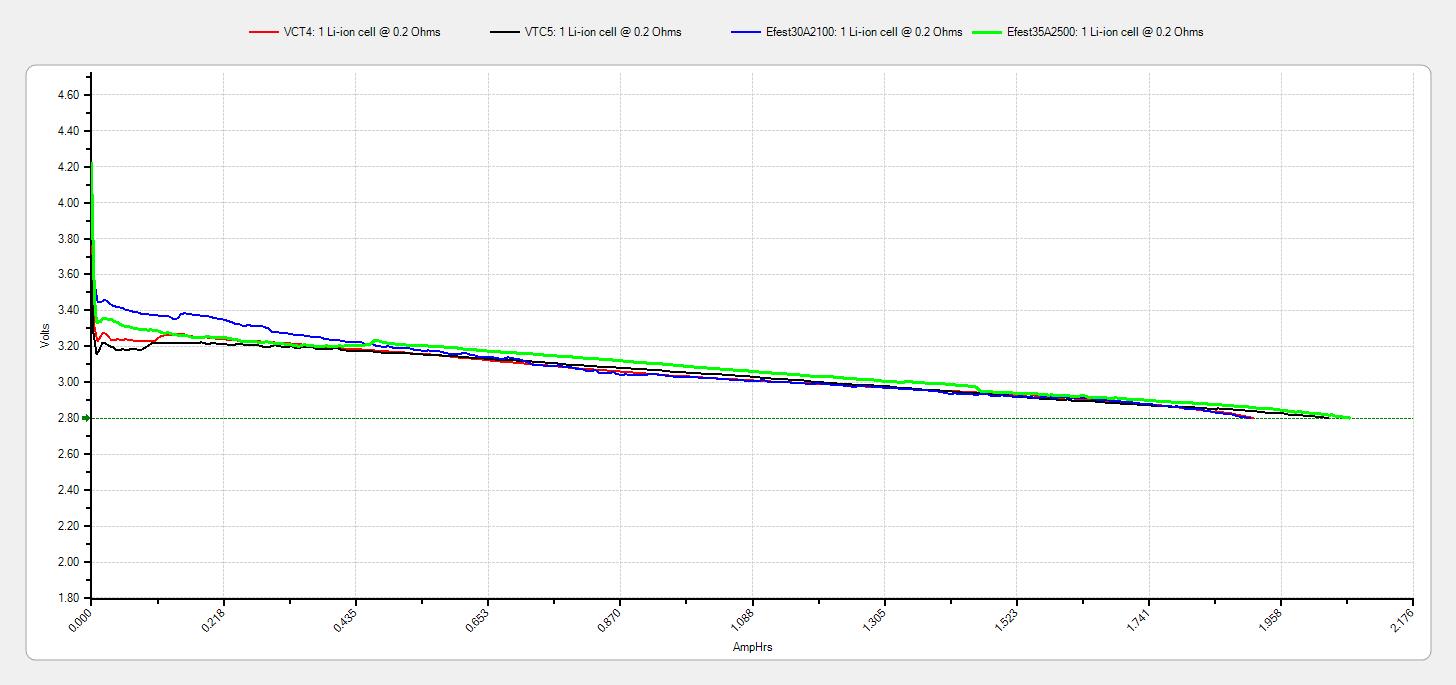









 Store
Store
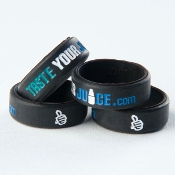
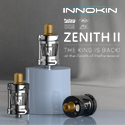


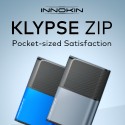

125x125.jpg)
